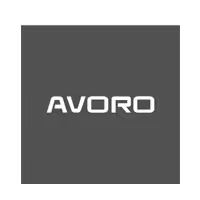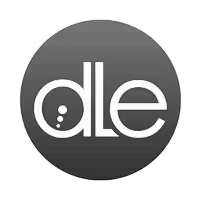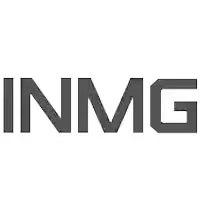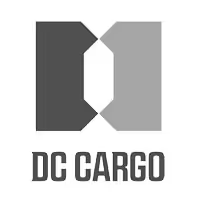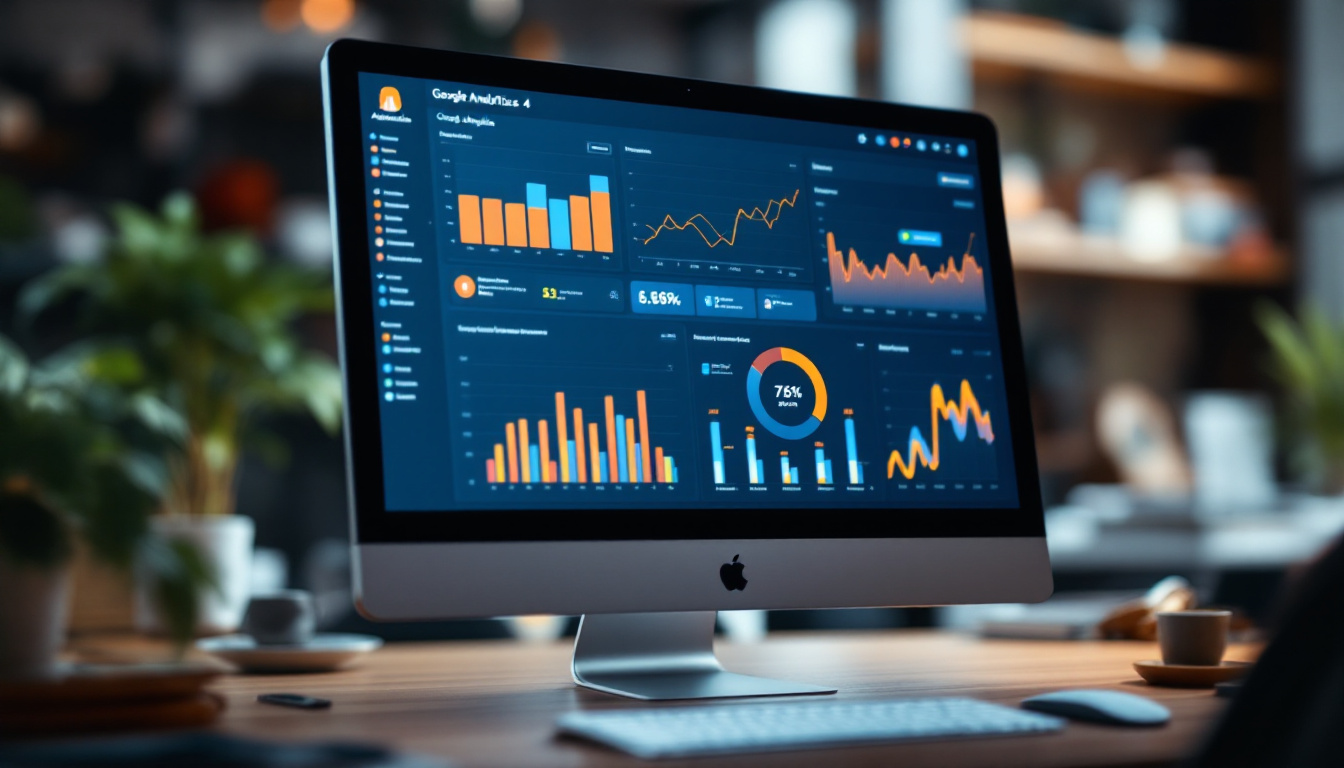Attribution Modeling in GA4: A Marketer’s Guide

Attribution modeling is an essential component of digital marketing strategy, especially in an age where data-driven decisions are pivotal to success. Google Analytics 4 (GA4) offers a robust framework for understanding the customer journey and message impact across multiple channels. This guide provides an in-depth exploration of attribution modeling within GA4, tailored for marketers who wish to leverage insights effectively.
What Is Attribution Modeling, and Why Does It Matter?
Attribution modeling refers to the systematic approach of identifying and assigning credit to various marketing channels in a customer's journey toward conversion. It provides valuable insights into which strategies and touchpoints are most effective, enabling marketers to optimize their approaches.

The significance of attribution modeling lies in its ability to influence decision-making. Without a clear understanding of how different channels perform, marketers may waste resources on ineffective campaigns or inadvertently neglect successful ones. Thus, effective attribution ensures that every marketing dollar is spent wisely, steering a brand toward its strategic goals.
Attribution modeling can take various forms, including single-touch models like first-click and last-click attribution, as well as multi-touch models that distribute credit across multiple interactions. Each model offers unique advantages and insights, allowing marketers to tailor their strategies based on the specific behaviors and preferences of their target audience. For instance, a multi-touch model might reveal that a customer frequently engages with a brand through social media ads before making a purchase, highlighting the importance of maintaining a strong presence across multiple platforms.
Moreover, the evolution of digital marketing has made attribution modeling even more critical. With the rise of omnichannel marketing, customers often interact with brands through various devices and platforms, complicating the tracking of their journey. Advanced attribution models leverage data analytics and machine learning to provide a more nuanced understanding of customer behavior, enabling marketers to create more personalized and effective campaigns. By harnessing these insights, brands can not only enhance their customer engagement but also improve their overall return on investment (ROI) in marketing efforts.
Overview of Attribution Models Available in GA4
GA4 provides several attribution models, each designed to offer different insights into user behavior and conversion paths. Understanding these models is crucial for marketers aiming to derive actionable data. Below are the primary models available in GA4:

- Last Click Attribution: This model assigns all credit for a conversion to the last channel a user interacted with before converting. Though simple, it can overlook the influence of earlier touchpoints.
- First Click Attribution: In contrast, this model credits the first channel a user interacted with prior to conversion. It highlights initial awareness but may ignore the impact of later engagements.
- Linear Attribution: This approach distributes credit evenly across all channels that contributed to the conversion. It provides a balanced view but might dilute the importance of high-impact channels.
- Time Decay Attribution: In this model, more recent touchpoints receive more credit than earlier ones, emphasizing the importance of interactions that occur closer to the conversion.
- Position-Based Attribution: This method assigns a bulk of the credit to the first and last touchpoints while evenly dividing the remaining credit among the middle touches, thus recognizing both initial interest and final action.
By utilizing these varied models, marketers can tailor their strategies based on a deeper understanding of how different channels influence conversions. Each model serves a unique purpose and can be particularly beneficial depending on the specific goals of a marketing campaign. For example, businesses focusing on brand awareness may find the First Click Attribution model more useful, as it highlights the channels that initiate customer engagement. Conversely, those aiming to optimize their sales funnel might lean towards Last Click Attribution to pinpoint the final push that leads to conversions.
Moreover, GA4 allows for custom attribution modeling, enabling marketers to create models that reflect their unique customer journey. This flexibility can be a game-changer for businesses that operate in niche markets or have complex sales processes. By analyzing the specific interactions that lead to conversions, marketers can allocate resources more effectively, ensuring that high-performing channels receive the attention they deserve while also identifying underperforming areas that may need improvement.
How to Use Attribution Reports to Analyze Campaign Performance
GA4's attribution reports serve as a data-rich resource for analyzing the performance of marketing campaigns. Here’s how to effectively harness these reports:
- Set Up Conversion Tracking: To gain insights from attribution reports, establish clear conversion actions that align with your business objectives. This setup ensures that the data reflects the most meaningful user interactions.
- Access Attribution Reports: Navigate to the 'Acquisition' section within GA4 to find attribution reports. Familiarize yourself with the layout and the data visualizations available.
- Analyze Engagement: Look closely at user engagements across various channels. Note any patterns or correlations between touchpoints and conversions, which will inform future strategies.
- Test Different Models: Experiment with different attribution models to see how they affect campaign performance. This will help you understand which model aligns best with your marketing goals.
- Regularly Review Data: Attribution analysis is not a one-off task. Regular reviews of your data will help you stay responsive to changing consumer behaviors.
By methodically analyzing attribution reports, marketers can refine their strategies and improve campaign ROI significantly. Additionally, it’s essential to consider the context of your data. For instance, seasonal trends, economic factors, or even competitive actions can influence user behavior and engagement levels. Understanding these external variables can provide deeper insights into why certain campaigns may perform better than others during specific periods.
Moreover, integrating qualitative data alongside your quantitative findings can enhance your analysis. Gathering feedback from customers through surveys or social media interactions can reveal the motivations behind their actions. This holistic approach not only enriches your understanding of the data but also aids in crafting more personalized marketing messages that resonate with your target audience, ultimately driving higher engagement and conversion rates.
Comparing Attribution Models: Which One Is Best for PPC?
Pay-Per-Click (PPC) advertising is highly competitive, so selecting the right attribution model is crucial. Each model offers unique advantages and disadvantages that can impact campaign insights.
The Last Click attribution model may seem favorable for PPC, as it directly credits the channel that generated the final click. However, it overlooks the contribution of remarketing or initial engagement ads that might have initially attracted the customer. This can lead to a skewed understanding of customer journeys, particularly in industries where the buying cycle is longer and involves multiple touchpoints. For instance, a user may first encounter a brand through a display ad, then later click on a search ad before making a purchase. By solely crediting the last click, marketers might miss out on recognizing the value of the initial touchpoint that sparked interest.
On the other hand, Time Decay Attribution can prove beneficial for PPC campaigns. This model grants more credit to ads that were clicked closer to the conversion, acknowledging the impact of immediate influencer ads, while still respecting earlier touchpoints. This is particularly useful in fast-paced environments where consumers are bombarded with multiple ads before making a decision. Additionally, Time Decay Attribution can help advertisers optimize their budgets by identifying which ads are most effective in the final stages of the customer journey, allowing for better allocation of resources towards high-performing ads.
Ultimately, the best model for PPC will depend on the specific objectives of the campaign. Continuous testing and data analysis will provide clearer insights into how each model impacts campaign effectiveness. Marketers may also consider utilizing a multi-touch attribution model, which distributes credit across all touchpoints in the customer journey. This approach can provide a more holistic view of how various channels work together to drive conversions, revealing opportunities for cross-channel optimization and enhanced targeting strategies. By understanding the interplay between different ads and customer interactions, businesses can refine their PPC strategies to maximize return on investment and improve overall performance.
Tips for Using Attribution Insights to Optimize Ad Spend
Maximizing ad spend requires a strategic approach, influenced by insights garnered from attribution modeling. Here are several tips to consider:
- Prioritize High-Performing Channels: Use attribution data to identify channels that consistently drive conversions and focus your resources on them.
- Allocate Budget Wisely: Adjust your ad budget based on the performance of various channels. Invest more in channels that demonstrate high ROI.
- Test and Learn: Regularly test new ad strategies or channels. Use attribution insights to determine the effectiveness of these tests, allowing for ongoing optimization.
- Personalize Messaging: Tailor messages according to insights gathered from different touchpoints. Personalized marketing can increase conversion rates across channels.
- Stay Up-to-Date: The digital landscape constantly changes. Regularly educate yourself about new attribution strategies and tools to stay ahead of the competition.
By applying these tips, marketers can use attribution insights to refine their ad spend and drive higher conversion rates effectively. Additionally, it is crucial to leverage advanced analytics tools that provide deeper insights into customer behavior. These tools can help uncover patterns that traditional metrics might overlook, enabling marketers to make more informed decisions. For instance, understanding the customer journey across multiple devices can reveal how users interact with your brand at different stages, allowing for more targeted and effective ad placements.
Furthermore, consider integrating cross-channel attribution models to gain a holistic view of your marketing efforts. This approach not only helps in understanding the contribution of each channel but also aids in identifying any gaps in your strategy. By analyzing how different channels work together, marketers can create cohesive campaigns that resonate with their audience, ultimately leading to improved engagement and higher conversion rates. Emphasizing collaboration among marketing teams can also enhance the effectiveness of these strategies, as shared insights can lead to more innovative and impactful campaigns.

As a Google Ads expert, I bring proven expertise in optimizing advertising campaigns to maximize ROI.
I specialize in sharing advanced strategies and targeted tips to refine Google Ads campaign management.
Committed to staying ahead of the latest trends and algorithms, I ensure that my clients receive cutting-edge solutions.
My passion for digital marketing and my ability to interpret data for strategic insights enable me to offer high-level consulting that aims to exceed expectations.
Google Partner Agency
We're a certified Google Partner Agency, which means we don’t guess — we optimize withGoogle’s full toolkit and insider support.
Your campaigns get pro-level execution, backed by real expertise (not theory).

4.9 out of 5 from 670+ reviews on Fiverr.
That’s not luck — that’s performance.
Click-driven mind
with plastic-brick obsession.
We build Google Ads campaigns with the same mindset we use to build tiny brick worlds: strategy, patience, and zero tolerance for wasted pieces.
Data is our blueprint. Growth is the only acceptable outcome.

